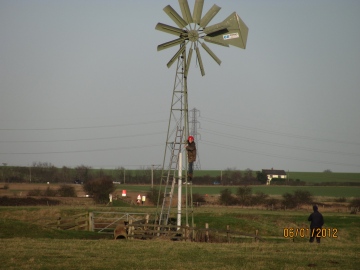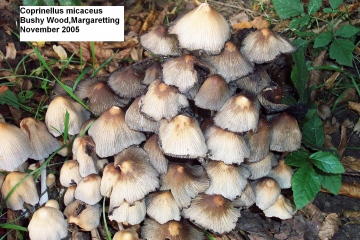They then descend and half way down, when safely out of range of the revolving blades, pull on the rope - which is a bit like flushing the loo - and, hopefully, the pump creaks into action. Modern technology! It takes around 5-6 weeks for Round Marsh to flood to its fullest extent and as male Lapwings set up territory as early as late February it flooded only just in time this year. How long it remains flooded depends on what the weather has in store.
This week there was little or no rain apart from the dribble from a half-hearted weather front that crossed the area on 17th. Apart from that there were two warm and sunny days, two that were cold and grey, and two were indifferent. A few Blackcaps have now returned from the Costa del Sol to join the earlier arriving Chiffchaffs on territory while a Firecrest was seen at Bradwell on 11th and Tim recorded the first Wheatear of the year at Blue House on 17th. The latter is one of the iconic spring migrants; no birdwatcher considers the spring to have truly arrived until he or she sees their first Wheatear, hopefully no later than mid-March. Believe me, after birdwatching for sixty-four years (I am told I started while in the pram) their arrival doesn't half cheer you up after a long winter!
There was not much insect activity this week. Although there are plenty of bumblebees on the wing now I have still only seen the same three species that first appeared in late February. A few more flowers are appearing each week however - Creeping Corydalis and Hairy Wood Rush at Pheasanthouse Wood, Danbury and Field Pepperwort in my garden at Ingatestone being among them. The fungi season has also resumed; Martin Gregory fidning two Wood Blewits Lepista nuda on his lawn at Danbury while there was a fine cluster of Glistening Inkcap Coprinellus micaceus (so called because of the glistening crystals on the young cap) on the log where we gathered for lunch during a work party at Pheasanthouse on Saturday. I am cheating here, though, by including a photo from another location!




















